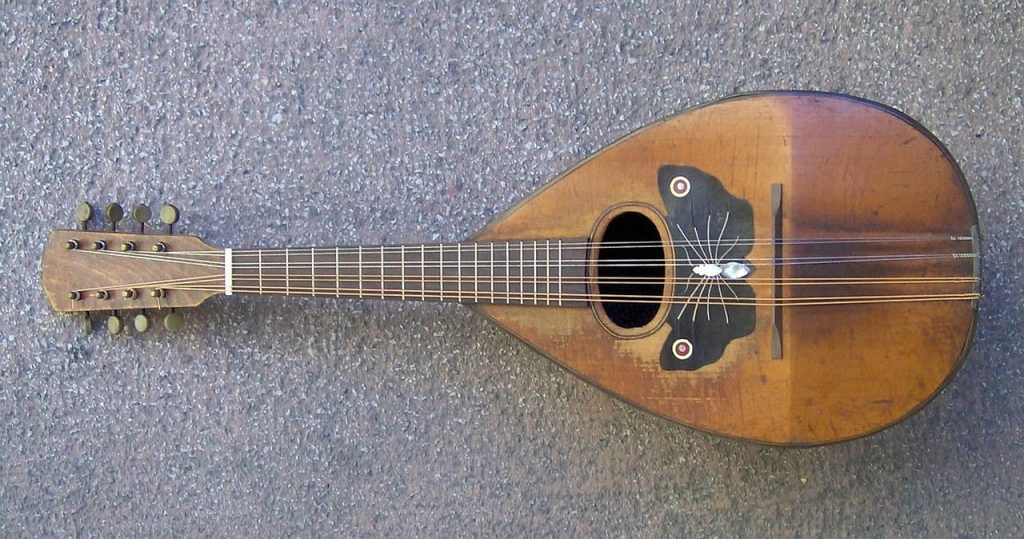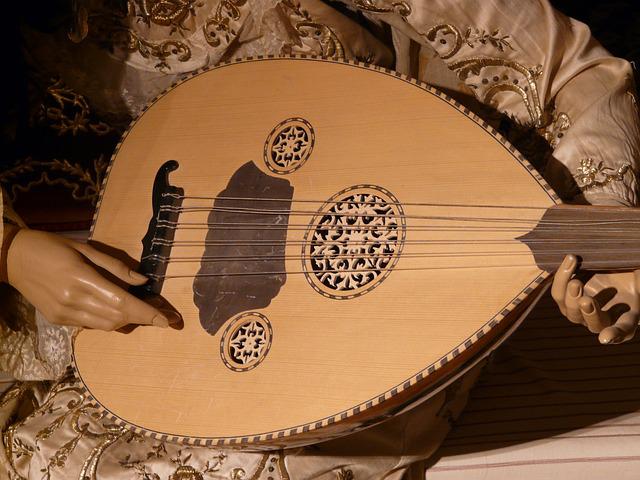What is a Mandolin and how does it work?
A mandolin is a type of stringed Instrument in the lute family, with four courses of doubled strings tuned in unison, or two octaves. It has a wooden body, with the soundboard extending to the edge and covering the sound hole, and a metal tailpiece fastened on the rear of the body. The four courses of strings are ordinarily tuned in unison or an octave; one pair of strings may be tuned in octaves while the other pair are tuned in unison, giving the Instrument its characteristic voice that can support both melodic playing and strumming styles.
History of the Mandolin
The Mandolin is one of those instruments we all know but can’t quite put our finger on. Is it a guitar? A violin? Well, sort of! We’ll take you through everything you need to know about these lute-like strings in our guide. Let’s get started!
Types of mandolins
There are many mandolins, but they all fall into one of three main categories: flatback, bowl-back, or archtop. A flatback (aka A style) mandolin has a similar body shape to an acoustic guitar. A bowl-back (aka F style) Instrument has a round back that can rest on your lap.
An archtop (aka O style) Mandolin will have f-holes like an acoustic guitar. Each type of Mandolin has its unique sound and tone, so choose based on what you’re looking for in a musical instrument. If you’re just starting with playing Mandolin, we recommend purchasing an inexpensive model until you get used to playing it—you don’t want to drop hundreds of dollars only to find out you don’t enjoy playing!
Parts of a mandolin
The Mandolin has 11 major parts. These include a headstock, which supports tuning machines; neck, which connects to both faceplates and body (and usually supports fingerboard); fingerboard, with inlaid frets that vibrate against strings when you press them down; long extension piece called a tailpiece, or tap plate; short extension piece called an end pin or tailpin; and main strings attached at one end to their respective tuning machines and at other ends directly to bridge.
Depending on what type of Instrument you’re playing, there may be additional string pairs on your Instrument: for example, if you’re playing a double-course A-style mandolin—one with four courses of two strings each—you’ll have eight pairs of strings total. Each pair is tuned to play as one note.
How to tune your Mandolin

The Instrument is an excellent stringed instrument that can be played as part of an ensemble or solo. Before you play your Instrument, you need to tune it to your desired pitch. Tuning may seem complicated, but with a little practice, you’ll be tuning your Instrument like a pro in no time! Here are instructions on how to tune your Instrument. For reference, you should use an electronic tuner to help get your notes perfectly tuned.
Make sure that you keep track of which string corresponds to which note, as there will be times when you will want to retune between songs. It’s also important to remember that different types of strings have different tensions, so if you change from steel strings to nylon strings, you will need to retune them. If you don’t have a tuner handy, here are some common tuning settings: G – D – A – E Low G: D – A – E – B High G: C# – F# – B – E This method works well for standard Instrument tuned in fifths.
How to play chords on your Instruments
Using your thumb, forefinger, middle finger, and ring finger to press on strings at certain frets—like playing the notes of a guitar—you can create chords on your Mandolin. This tutorial breaks down which strings correspond to which frets so you can play C or any other chord. With practice, you’ll be picking out tunes in no time! The main thing to remember when learning to play Instrument chords is that they are played differently than guitar chords. While you still use your index finger as a guide for where your fingers should go, you don’t need to put pressure on all of them.

How to hold and strum the Mandolin
While mandolins are usually held with both hands, they can also be played with one hand, as when strumming. To hold your Instrument correctly, you’ll want to position yourself with one foot forward, as you would for a guitar (if you play right-handed).
Your left hand should support most of your Mandolin’s weight as you strum, while your right hand will act more like an anchor. The end of your pick should rest between your thumb and index finger; you don’t need to pinch it tightly, but make sure that you have a firm grip on it so that it doesn’t slip out during playing. You can use any picking style—tapping or plucking—to produce sound from your Mandolin.
Also read:- Mandolin https://en.wikipedia.org/wiki/Mandolin







